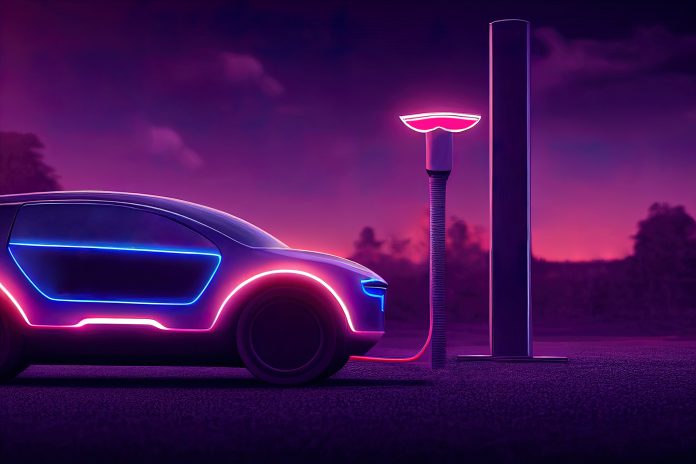New battery degradation laws could be on the horizon for the UK as international talks continue. Will the fitting of SoH monitors for all new EVs become the standard?
Last week’s Vehicle Remarketing Association (VRA) meeting saw international cooperation potentially produce a new UK baseline for EV degradation laws.
Technical regulations when concerning battery degradation laws
The importance of EV battery performance cannot be understated, head of vehicle policy at the Office for Zero Emission Vehicles (OZEV), Abdul Chowdhury, explained.
As the battery forms a significant part of a used EV’s value and performance, providing information on its health will keep EV consumers informed.
This information will also allow consumers to make informed comparisons between vehicles and help alleviate concerns over battery degradation.
“The UK government has been working with the United Nations Economic Commission for Europe (UNECE) and other international partners to develop technical regulations on SoH monitors and minimum battery performance standards and is currently analysing options for adopting these regulations into UK law”, Chowdhury commented.
Battery state of health (SoH) and potential standards by 2025
Chowdhury also added that the EU’s Euro 7 proposals look set to bring battery state of health (SOH) monitors in from July 2025.
The SoH of a battery is an estimation of a battery’s total remaining total capacity compared to its capacity when it was produced.
Global Technical Regulations on EV Batteries
Covering two key aspects, the Global Technical Regulations on EV batteries were developed at UNECE:
- Mandate the installation of SOH monitors on EVs which must be accessible to the consumer, meet accuracy requirements and be validated through in-service testing; and
- Set a minimum performance standard of 80% SOH from 0-5 years old or 100,000km, whichever comes first, and 70% SOH for vehicles between 5-8 years old or 100,000 to 160,000km, whichever comes first.
Providing support to the used EV sector
The Office for Zero Emission Vehicles has been looking at providing standardised EV information to customers at the point of sale to support the used EV sector.
Helping to ensure that sufficient numbers of technicians are trained to repair EVs will also allow the sector room to grow, according to OZEV.
“The used market is critical to the UK’s transition to zero-emission vehicles and meeting our net zero ambitions”, points out Chowdhury.
The used market is critical to the UK’s transition to zero-emission vehicles and meeting our net zero ambitions
“It is where 80% of all cars are bought and sold, and as we move from early EV adopters to a mass transition, its health is critical to ensuring a fair and equitable transition for all.”
Financial support for both new and old EVs
Government support has included financial incentives to help stimulate the new EV market and increase the supply of vehicles feeding through to the used market.
Funding for charge point infrastructure at homes, workplaces, residential streets and across the wider roads network is also encouraging consumers to buy used EVs, added Chowdhury.
“Used EVs continue to be among the most-discussed topics in remarketing and being able to hear directly from someone such as Abdul at the centre of Government thinking was fascinating and provided a high level of insight for VRA members,” said VRA chair Philip Nothard.





